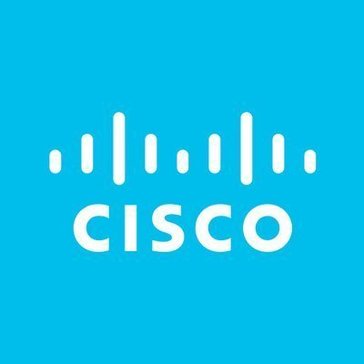Cisco Meraki and Microsoft Outlook integration

How to connect Cisco Meraki and Microsoft Outlook
Create a new workflow and add the first step
In n8n, click the "Add workflow" button in the Workflows tab to create a new workflow. Add the starting point – a trigger on when your workflow should run: an app event, a schedule, a webhook call, another workflow, an AI chat, or a manual trigger. Sometimes, the HTTP Request node might already serve as your starting point.
Build your own Cisco Meraki and Microsoft Outlook integration
Create custom Cisco Meraki and Microsoft Outlook workflows by choosing triggers and actions. Nodes come with global operations and settings, as well as app-specific parameters that can be configured. You can also use the HTTP Request node to query data from any app or service with a REST API.
Supported API Endpoints for Cisco Meraki
Get Organizations
List the organizations that the user has privileges on.
Create Organization
Create a new organization.
Get Organization
Return an organization.
Update Organization
Update an organization.
Delete Organization
Delete an organization.
Get Networks
List the networks in an organization.
Create Network
Create a new network.
Get Network
Return a network.
Update Network
Update a network.
Delete Network
Delete a network.
Get Devices
List the devices in a network.
Claim Device
Claim a device into a network.
Get Device
Return a device.
Update Device
Update the attributes of a device.
Remove Device
Remove a device from a network.
Get Clients
List the clients that have used this network in the timespan.
Get Client
Return the client associated with the given identifier.
Update Client Policy
Update the policy assigned to a client.
Provision Client
Provisions a client with a name and policy.
Get Client Usage History
Return the client's daily usage history.
To set up Cisco Meraki integration, add the HTTP Request node to your workflow canvas and authenticate it using a predefined credential type. This allows you to perform custom operations, without additional authentication setup. The HTTP Request node makes custom API calls to Cisco Meraki to query the data you need using the URLs you provide.
Take a look at the Cisco Meraki official documentation to get a full list of all API endpoints
Microsoft Outlook supported actions
Create
Create a new calendar
Delete
Delete a calendar
Get
Retrieve a calendar
Get Many
List and search calendars
Update
Update a calendar
Create
Create a new contact
Delete
Delete a contact
Get
Retrieve a contact
Get Many
List and search contacts
Update
Update a contact
Create
Create a new email draft
Delete
Delete an email draft
Get
Retrieve an email draft
Send
Send an existing email draft
Update
Update an email draft
Create
Create a new event
Delete
Delete an event
Get
Retrieve an event
Get Many
List and search events
Update
Update an event
Create
Create a mail folder in the root folder of the user's mailbox
Delete
Delete a folder
Get
Retrieve a folder
Get Many
Get many folders
Update
Update a folder
Get Many
Retrieves the messages in a folder
Delete
Delete a message
Get
Retrieve a single message
Get Many
List and search messages
Move
Move a message to a folder
Reply
Create a reply to a message
Send
Send a message
Send and Wait for Response
Send a message and wait for response
Update
Update a message
Add
Add an attachment to a message
Download
Download an attachment from a message
Get
Retrieve information about an attachment of a message
Get Many
Retrieve information about the attachments of a message
Cisco Meraki and Microsoft Outlook integration details
Microsoft Outlook
Microsoft Outlook is a professional email service offered by Microsoft. It serves as an information manager, calendar, task manager, note-taker, and much more. It is widely used by individuals and businesses across the world.
Microsoft Outlook node docs + examples
Microsoft Outlook credential docs
See Microsoft Outlook integrations
Related categories
FAQ
Can Cisco Meraki connect with Microsoft Outlook?
Can I use Cisco Meraki’s API with n8n?
Can I use Microsoft Outlook’s API with n8n?
Is n8n secure for integrating Cisco Meraki and Microsoft Outlook?
How to get started with Cisco Meraki and Microsoft Outlook integration in n8n.io?
Looking to integrate Cisco Meraki and Microsoft Outlook in your company?
The world's most popular workflow automation platform for technical teams including
Why use n8n to integrate Cisco Meraki with Microsoft Outlook
Build complex workflows, really fast


